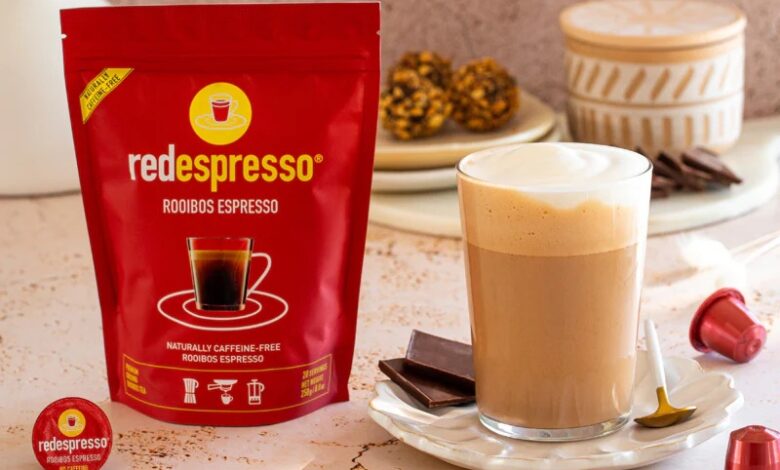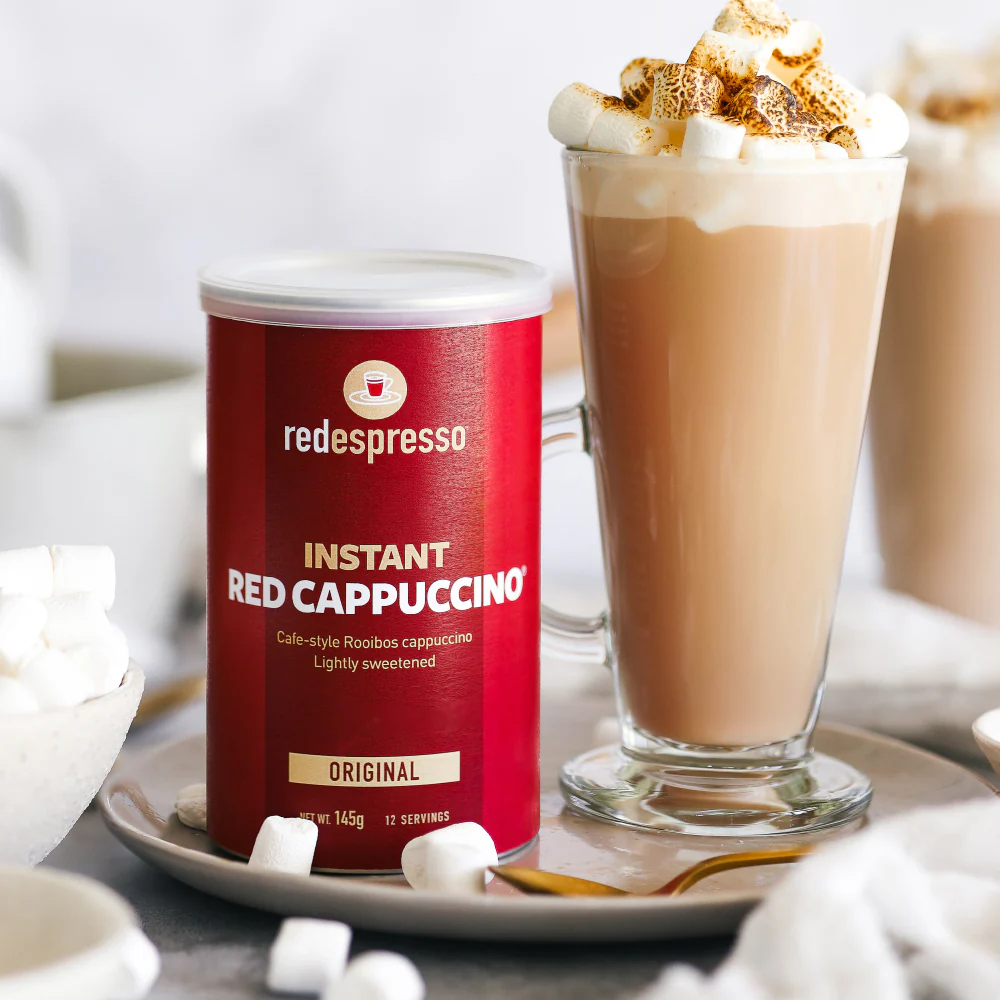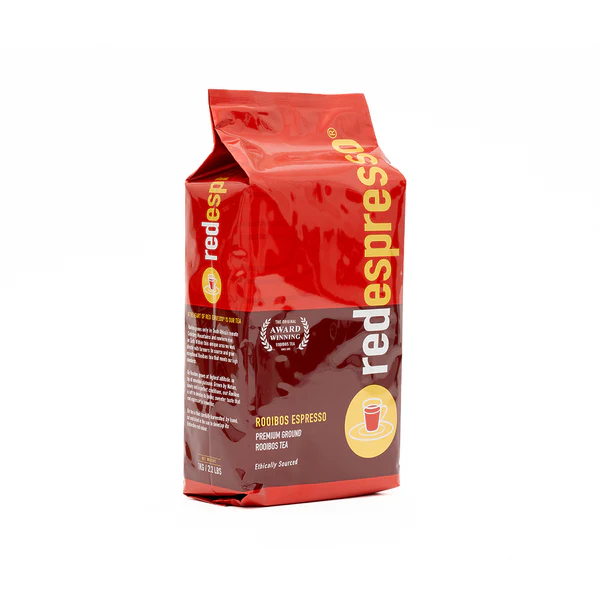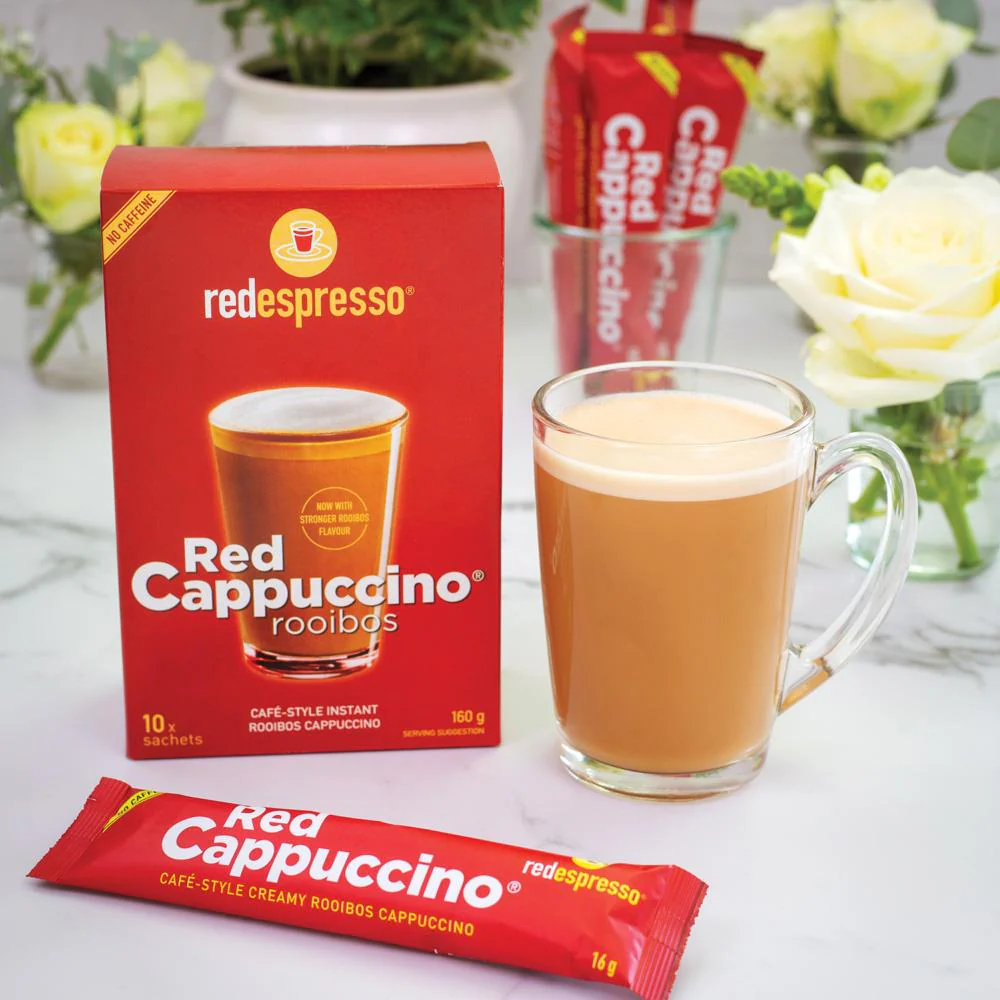Inside Red Espresso’s Rise: Turning Rooibos into a Coffee Shop Staple

Inside Red Espresso’s Rise: Turning Rooibos into a Coffee Shop Staple. In 2005, South African entrepreneur Carl Pretorius, seeking a healthier alternative to his six-espressos-a-day habit, experimented by grinding rooibos tea to create a caffeine-free espresso shot. This innovation led to the founding of Red Espresso, a brand that reimagined traditional rooibos tea into a modern, espresso-style beverage. Co-founded with Pete and Monique Ethelston, Red Espresso has since transformed from a novel idea into a globally recognized superfood brand, available in over 20 countries.
Pioneering a New Beverage Category
Red Espresso’s journey began with the creation of a unique product: rooibos tea ground to be brewed like coffee, delivering a rich, crema-topped shot. This innovation not only offered a caffeine-free alternative but also introduced a new category in the beverage industry. The brand’s commitment to quality led them to source premium, hand-harvested rooibos from single estates in the Cederberg Mountains, ensuring consistency and superior taste.

Strategic Market Entry and Expansion
Understanding the importance of market education, Red Espresso initially targeted cafés and restaurants, allowing consumers to experience the product firsthand. Their big break came when Woolworths added Red Cappuccinos to its café menu, significantly boosting brand recognition. This strategic entry paved the way for retail expansion and international distribution.
Embracing Innovation and Sustainability
Red Espresso’s innovation extended beyond product development. They launched rooibos tea capsules compatible with Nespresso machines, tapping into the growing single-serve market. The capsules were well-received in South Africa and later expanding to Europe.
Sustainability is central to Red Espresso’s operations. Their factory in Paarl incorporates eco-friendly features such as solar panels supplying 75% of energy needs and rainwater harvesting systems. Additionally, the Seeds of Hope initiative supports small-scale farmers in the Cederberg by providing resources and training, fostering community development and ensuring a sustainable supply chain.

Overcoming Challenges and Building Resilience
Red Espresso faced challenges in international markets, particularly in educating consumers unfamiliar with rooibos. An initial foray into the U.S. market highlighted the need for gradual market entry, leading to a revised strategy focusing on food service channels before retail. This approach allowed them to build brand awareness and consumer demand organically.
Recognition and Awards
The brand’s innovation and commitment to quality have earned numerous accolades, including:
- Best New Product – Specialty Beverage at the Specialty Coffee Association of America Conference in 2008.
- Global Food Award for Product Innovation by the International Union of Food Science & Technology in 2008.
- Most Innovative Specialty Beverage by LUXLife Magazine Food and Drink Awards in 2020.

Lessons for Aspiring Entrepreneurs
- Innovate Within Tradition: Red Espresso transformed a traditional product by reimagining its use, demonstrating the potential of innovation within existing categories.
- Educate the Market: Introducing a new product requires consumer education. Red Espresso’s initial focus on cafés allowed consumers to experience the product, building demand organically.
- Commit to Quality and Sustainability: Sourcing premium ingredients and investing in sustainable practices can differentiate a brand and build consumer trust.
- Adapt and Learn: Challenges in new markets offer valuable lessons. Red Espresso’s experience in the U.S. led to a more effective market entry strategy.
- Stay True to Your Vision: Despite opportunities for rapid expansion, Red Espresso prioritized building a strong foundation, ensuring long-term success.
Conclusion
Red Espresso’s journey from a simple idea to a global brand underscores the power of innovation, strategic planning, and a commitment to quality and sustainability. Their story serves as an inspiration for entrepreneurs seeking to transform traditional products into modern successes.


